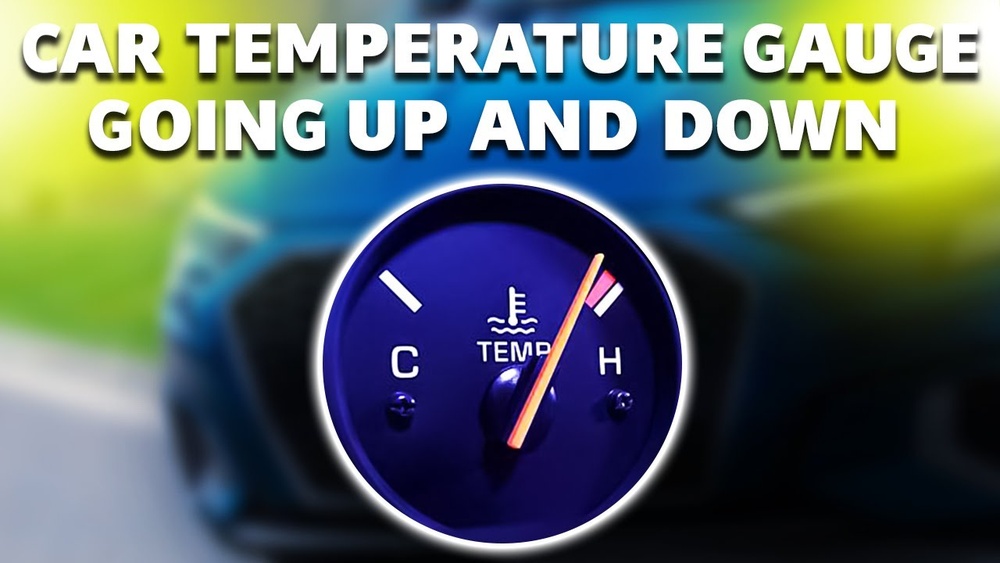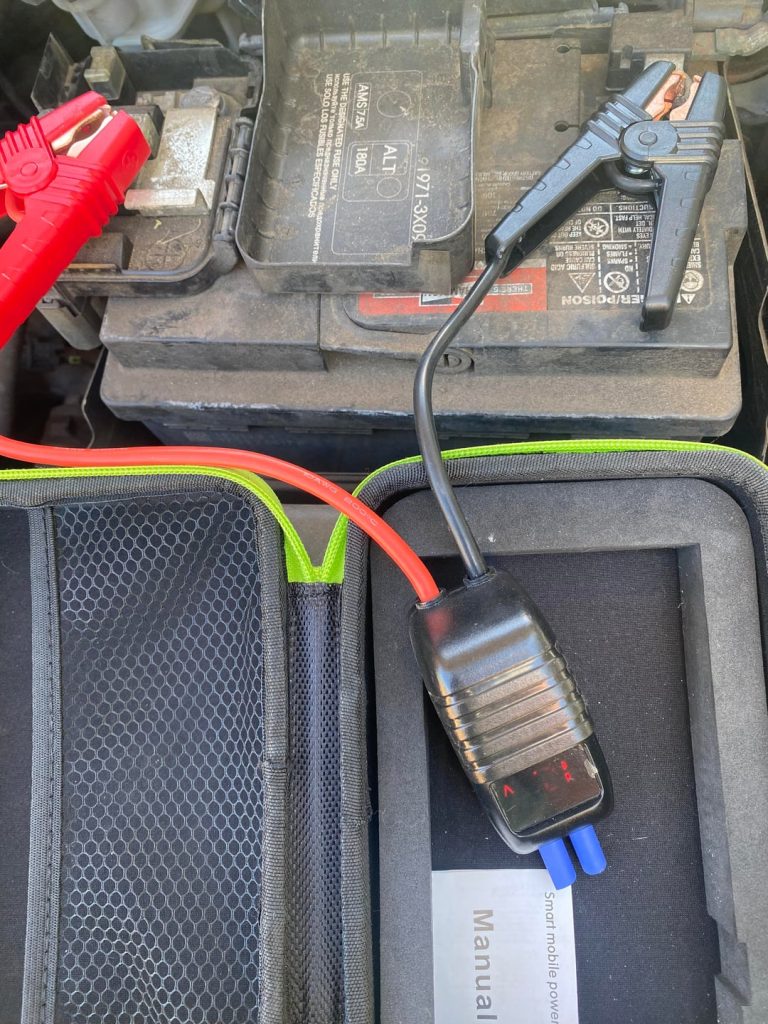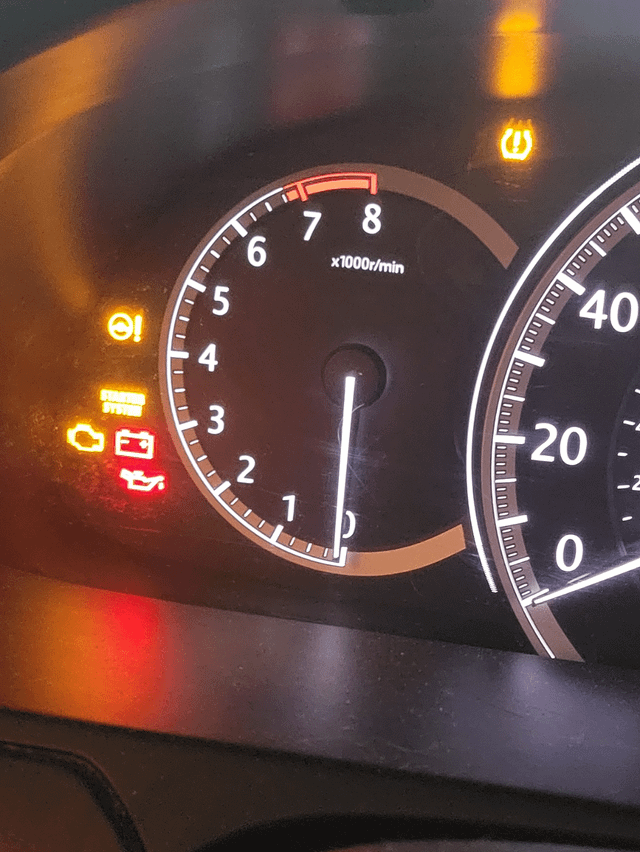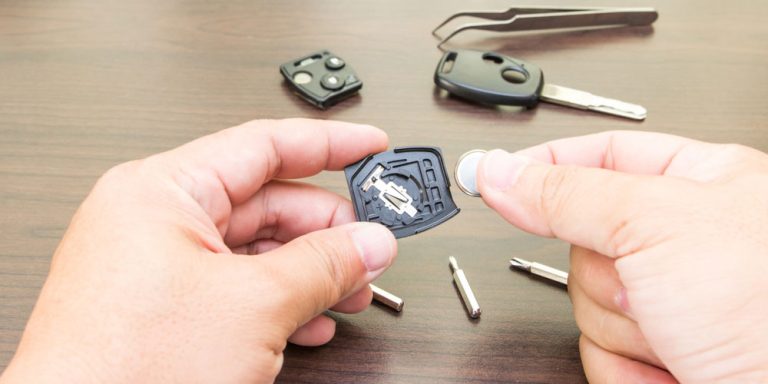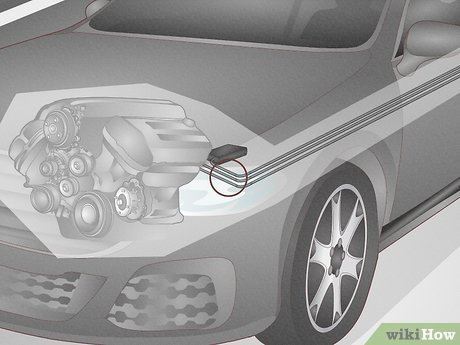Why Does My Car Temperature Gauge Go Up And Down: Common Causes Explained
A car temperature gauge going up and down usually indicates issues like low coolant, a faulty thermostat, air pockets, or a failing water pump. It can also result from a malfunctioning radiator or cooling fan. Addressing these problems quickly prevents overheating and costly engine damage.
You might wonder if something is seriously wrong or if it’s just normal behavior. Understanding why your car’s temperature gauge goes up and down is important to keep your engine running smoothly and avoid costly repairs. You’ll discover the common reasons behind these fluctuations and learn how to spot when your car really needs attention.
Keep reading to take control of your car’s health and drive with confidence.

Credit: www.youtube.com
Why Does My Car Temperature Gauge Go Up And Down
How Car Temperature Gauges Work
The car temperature gauge shows the engine’s heat level. It helps drivers know if the engine runs too hot or too cold.
The gauge uses a sensor inside the engine. This sensor measures the coolant temperature. The coolant keeps the engine from overheating.
Temperature Sensor Role
The sensor detects heat changes inside the engine. It sends this data as an electric signal to the gauge. The signal strength changes with temperature.
Gauge Needle Movement
The gauge needle moves based on the sensor’s signal. When the engine heats up, the needle rises. When it cools down, the needle falls.
Normal Operating Range
The gauge has a marked normal range. The needle should stay in this area during driving. It means the engine temperature is safe.
What Causes Fluctuations?
Needle moves up and down as the engine warms or cools. Short stops or traffic can cause small changes. Sudden jumps may signal a problem.

Credit: threebaygarage.com
Normal Temperature Fluctuations
Your car’s temperature gauge going up and down can be normal. The engine needs to change temperature as it runs. This helps keep the engine working well.
Temperature changes happen because of different driving conditions. Stopping at a light or driving fast can change the engine heat. The gauge shows these changes clearly.
Engine Warm-up Phase
When you start the car, the engine is cold. The temperature gauge will rise as the engine warms. This can cause the needle to move up and down slightly. It means the engine is reaching its normal running temperature.
Cooling System Operation
The cooling system keeps the engine from overheating. It turns on and off as needed. This makes the temperature go up and down a bit. The gauge reflects this normal cooling cycle.
Impact Of Driving Conditions
Traffic, road incline, and speed affect engine temperature. Stop-and-go traffic can cause small temperature changes. Driving uphill may raise the temperature temporarily. The gauge shows these normal fluctuations.
Coolant Level And Quality Issues
The coolant in your car plays a key role in keeping the engine temperature steady. Coolant absorbs heat and moves it away from the engine. Problems with coolant level and quality often cause the temperature gauge to rise and fall. Checking these issues can help prevent engine damage and keep your car running well.
Low Coolant Level
Low coolant means less liquid to cool the engine. This causes the temperature gauge to jump up quickly. A leak or evaporation can lower coolant levels. Always check the coolant reservoir and fill it to the right mark. Avoid driving if the coolant is too low. It can cause your engine to overheat fast.
Old Or Contaminated Coolant
Coolant loses its effectiveness over time. Old coolant can become thick or dirty. This reduces its ability to cool the engine properly. Contaminated coolant may cause blockages inside the cooling system. This leads to uneven temperature readings on the gauge. Flushing and replacing coolant regularly keeps the system clean and efficient.
Air Pockets In The Cooling System
Air trapped inside the cooling system causes temperature fluctuations. Air pockets stop coolant from flowing smoothly. This leads to hot spots in the engine. The temperature gauge may go up and down suddenly. Bleeding the cooling system removes trapped air and restores proper coolant flow.

Credit: www.reddit.com
Thermostat And Sensor Problems
The thermostat and sensors play a key role in your car’s temperature gauge. They help control engine temperature and send data to the gauge. Problems with these parts can cause the gauge to move up and down unexpectedly.
A faulty thermostat can stick open or closed. This stops the engine from reaching the right temperature or causes it to overheat. Sensor issues can send wrong signals to the gauge. This makes the gauge needle jump or drop randomly.
Thermostat Malfunction
The thermostat controls coolant flow in the engine. It opens when the engine heats up and closes when it cools. If stuck open, the engine stays too cool. The gauge shows low temperature. If stuck closed, the engine overheats. The gauge spikes high.
Temperature Sensor Failure
Temperature sensors detect engine heat and send signals to the gauge. A bad sensor sends wrong or no data. The gauge then moves erratically. Sometimes it shows high, then drops fast. This confuses drivers and may hide real engine problems.
Wiring And Connection Issues
Wiring connects sensors to the gauge. Loose or damaged wires cause bad signals. The gauge needle jumps up and down. Checking wiring can fix the problem. Clean and tighten all connections for steady readings.
Radiator And Cooling System Failures
The radiator and cooling system play a key role in keeping your car’s engine temperature steady. When these parts fail, the temperature gauge may move up and down. This signals that your engine is not cooling properly. Understanding these failures helps you spot problems early and avoid costly repairs.
Radiator Blockages
Over time, dirt and rust can build up inside the radiator. This blocks the coolant flow. The engine heats up, then cools down as the coolant tries to move past the blockage. This causes the temperature gauge to fluctuate. Flushing the radiator can clear blockages and restore proper flow.
Coolant Leaks
Leaks in the cooling system reduce the amount of coolant available. Low coolant means the engine can overheat. The temperature gauge will rise and fall as the coolant level changes. Checking hoses, the radiator, and the water pump helps find leaks fast.
Thermostat Problems
The thermostat controls coolant flow in the engine. If it sticks open or closed, the engine temperature will change irregularly. A stuck thermostat can cause the temperature gauge to jump up and down. Replacing the thermostat usually fixes this issue.
Water Pump Failure
The water pump moves coolant through the engine and radiator. If it fails, coolant cannot circulate properly. This leads to overheating and cooling cycles. The temperature gauge reflects this by moving up and down. A broken water pump needs quick replacement.
Frequently Asked Questions
Why Does My Car Temperature Gauge Fluctuate While Driving?
Temperature changes are normal as the engine warms up and cools down during stops or slow traffic.
Can A Faulty Thermostat Cause Temperature Gauge Swings?
Yes, a bad thermostat can cause the gauge to rise and fall irregularly.
Is It Dangerous If The Temperature Gauge Goes Up And Down?
Frequent changes may signal a problem; check coolant levels and engine parts soon.
Conclusion
Your car’s temperature gauge going up and down can signal various issues. It might be a simple thermostat problem or something more serious like coolant leaks. Pay attention to how often this happens and any other warning signs. Regular checks can prevent costly repairs later.
Keep your engine cool for better performance and safety. Stay alert, and don’t ignore unusual temperature changes. Taking small steps now helps keep your car running smoothly.

